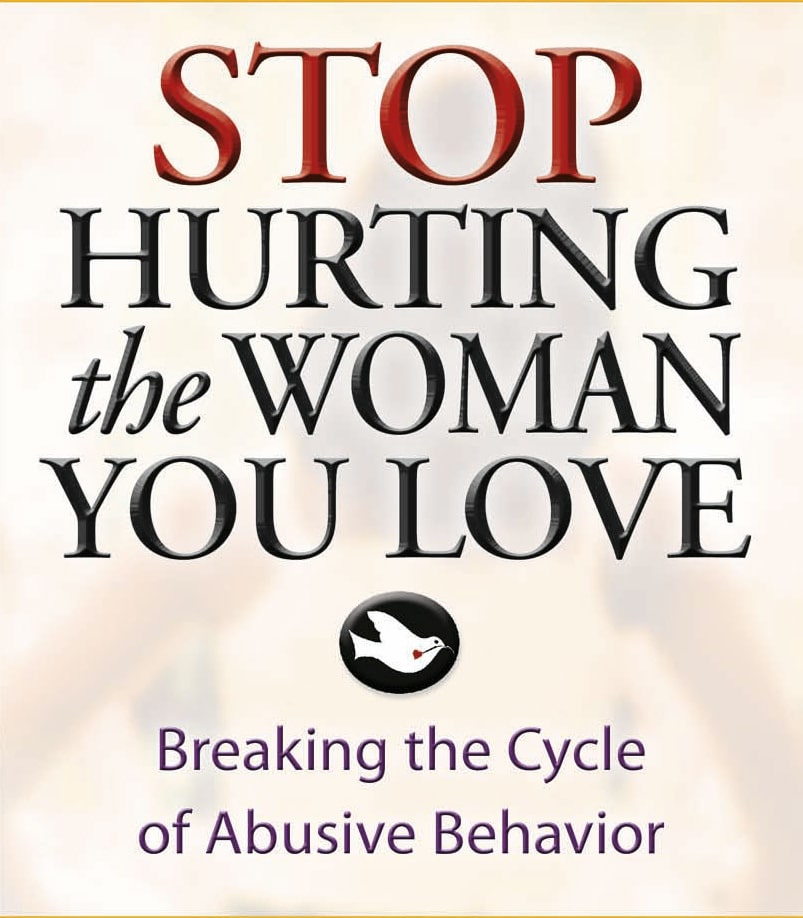This week’s release of the Violence Policy Report, When Men Murder Women, reports that 94% of female victims of homicide were murdered by a man they knew. In a year of violent headlines, it’s another reminder that as we attempt to solve the problem of violence in our society, we must take a look at what it means to be a man in our society.
Regrettably, the notion that violence is part of manhood is learned by most of us, perpetrated by some of us, and hurts every one of us. Whether we’ve actually noticed it or not, that hurt has been a huge part of our nation’s story this year. Barely a month has gone by in 2015 that didn’t bear witness to what we often call a largescale “tragedy” of violence. I hesitate on the word tragedy because, like other words associated with the violence that has erupted in our country — shooter, gunman, mental illness – there’s something not quite right about it.
Tragedy, though it marks a terrible, devastating event, also describes a form of entertainment used by the Ancient Greeks to learn truths about their culture and to experience catharsis – a relief from anxiety through vicarious experience of sorrow and loss. I shudder at the thought that the AME murders, both movie theater killings, the naval yard shootings, the butchery of a family eight in Texas, one police killing after another…could be cathartic. So, no, this terrible, horrifying escalation of violence is not tragedy, but like tragedy it may indicate a “fatal flaw” in our society.
Last month, the unveiling of several mental health bills on Capitol Hill have a few saying that this might be “the year of mental health reform.” One wonders. It’s true, in tandem with an increase in violence in the news, we’ve certainly seen an upsurge in the words “mental health” in outlets across the nation, but, most articles deal with not health, but mental illness, and with the erroneous belief that thinking about mental illness is what our nation needs to protect itself from violence.
In the mental health professions, it’s an undisputed fact that “the vast majority of people who are violent do not suffer from mental illness.” When it comes to violence in America, mental illness is not the culprit. While mental health may be a solution, it’ll need to be more than assessments and restrictions on gun ownership. It’ll need to be the kind of healthy options made possible when we no longer socialize men out of their emotional intelligence and into ways of thinking that ultimately lead them to commit acts of violence. At this point in our national mental health discussion, that hasn’t even entered the conversation.

If we are going to begin to understand this, and begin to address the real fatal flaw in the situation of rising violence in the United States, it is crucial to remember two other facts. One is that the majority of victims of male violence are other men, with men being four times more likely than women to be murdered. The second is that that the vast majority of men in our culture do not perpetuate violence, much less lethal violence.
This article is not at all about blaming men. This article is about addressing the plain and simple facts about American violence, and that has to mean looking honestly at the link between male socialization and violence.
Though we are resistant as a society to address the problem, men’s mental health professionals have been researching men, violence and its causes for a very long time now. What they have found is that in the US, we tend to mainstream a notion of masculinity that makes men emotionally deficient and cripples their ability to form healthy relationships. This way of raising men has become so common that we think of this as men’s nature, and not as what we train them to be.
The science of men’s emotionality suggests that if we really let boys be boys, we’d have a different sort of man. William Pollack, Harvard Psychologist and author of Real Boys says:
Researchers have found that at birth, and for several months afterward, male infants are actually more emotionally expressive than female babies. But by the time boys reach elementary school much of their emotional expressiveness has been lost or has gone underground. Boys at five or six become less likely than girls to express hurt or distress, either to their teachers or to their own parents. Many parents have asked what triggers this remarkable transformation, this squelching of a boy’s natural emotional expressiveness. What makes a boy who was open and exuberant unwilling to show the whole range of his emotions?
Pollack identifies two primary causes for this change, and both of them grow out of assumptions about and attitudes toward boys that are deeply ingrained in the codes of our society.
The first reason is the use of shame in the toughening-up process by which it’s assumed boys need to be raised. Little boys are made to feel ashamed of their feelings, guilty especially about feelings of weakness, vulnerability, fear, and despair.

Women can certainly have issues with power and control, yet statistics show women to be far less likely than men to resort to some form of violence. It is boys and men who are most prone to anger, aggression, intimidation, verbal abuse or physical violence to right a perceived wrong or to regain a sense of power or control.
In their book Mascupathy, Understanding and Healing the Malaise of American Manhood, Randy Flood and Charlie Donaldson say that psyche of boys and men are continually bathed in a process of externalization-a tendency to engage in acting out behaviors that disrupt social situations in order for men to “make up for” a lack of emotional connection and fulfillment. While fear, hurt or sadness could lead to an open and vulnerable dialogue to work through a problem, male social training makes the options of anger, aggression, intimidation or physical violence all too tempting. This destructive path is especially tempting because it is often accompanied by adrenaline which covers up the uncomfortable, vulnerable feelings men aren’t supposed to have in the first place, creating a vicious circle.
The mental health field has taught us that emotions are not simply abstract ideas discussed in a class on psychology. Our fears, hurts and sadness, even our happiness and joy have an energy of their own. If they are not expressed in a healthy way this energy will come out some other way. In addition to externalizing, men also tend to project blame onto others or to fill the loneliness of a life without emotional connection through drugs, alcohol, pornography and other addictions.
Another part of the legacy of male social training is how men are trained to think and perceive of others. It is easier for men and women alike to look out of a window of blame than to look into the mirror of accountability. What I see in my domestic violence work with male clients is exactly what Candace Batton suggests:
Boys and men learn to repress some of their emotional world, not anger or happiness, but fear, hurt, sadness. Then when they feel it, they struggle to recognize it’s their own, because they are not supposed to have it. They readily feel the anger and conveniently blame their partner for “making them mad.”
Because men are disconnected from emotional sensitivity, they lack the self-awareness to carefully understand how their emotional world and practical actions involve, influence and impact others. When this lack of emotional awareness is combined with the pervasive belief that some form of violence solves problems (or gets me what I want-or so I think) it can result in violence or even become lethal.
Most men don’t kill, but most men are socialized to be disconnected to their emotions. Most men don’t live their lives around the mantra that violence solves problems, but most men have been exposed to enough violence to be tempted to use some form of it. This puts many men at risk of being violent, which the national data supports.
And when some men who are at risk who experience a significant enough stress in their life there can be lethal consequences. We can answer this problem. We can change the horizon for men. But, we won’t do it until we stop having conversations that mask the realities of violence they perpetrate. It’s not really about mental illness, it’s about how we define and speak about men. While a “year of mental health” will certainly benefit us; it’s not going to answer the lessons taught to us by large scale violence. When we can prioritize men’s mental wellness and embrace a vision of masculinity that is whole hearted, emotionally healthy and compassionate, then we will have an answer to the problem of violence that is so rampant in our current social landscape.


Leave A Comment